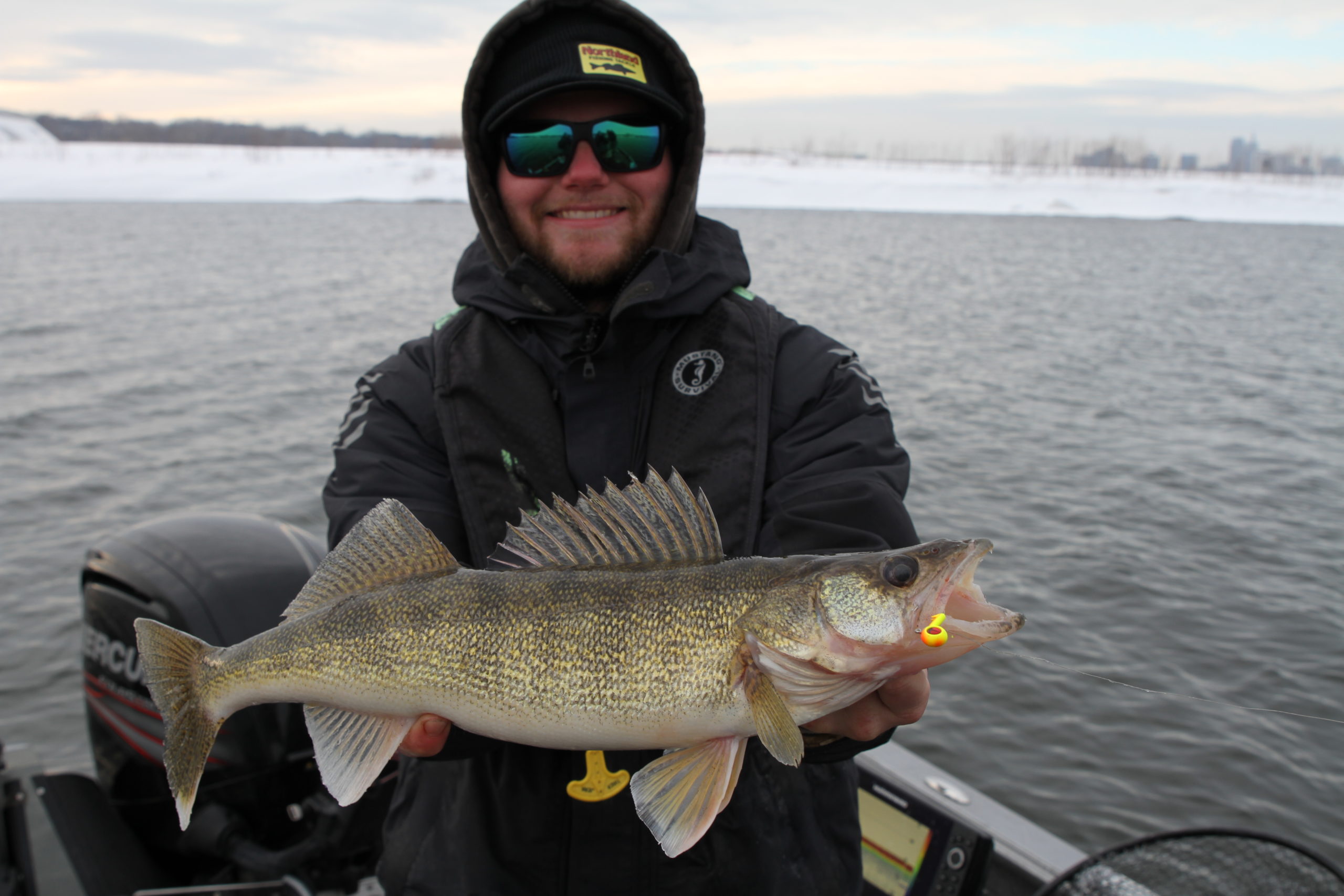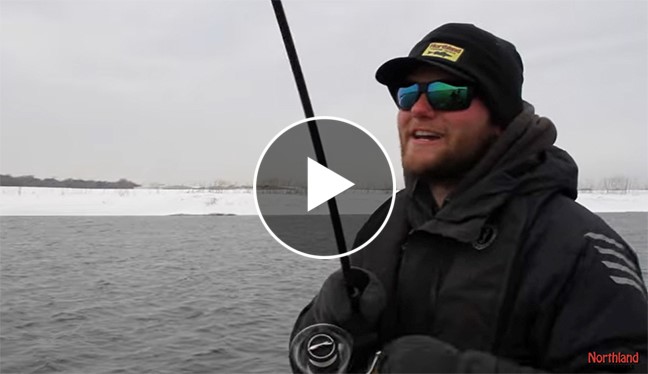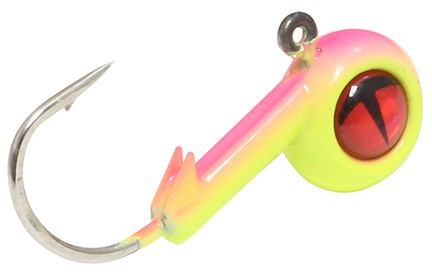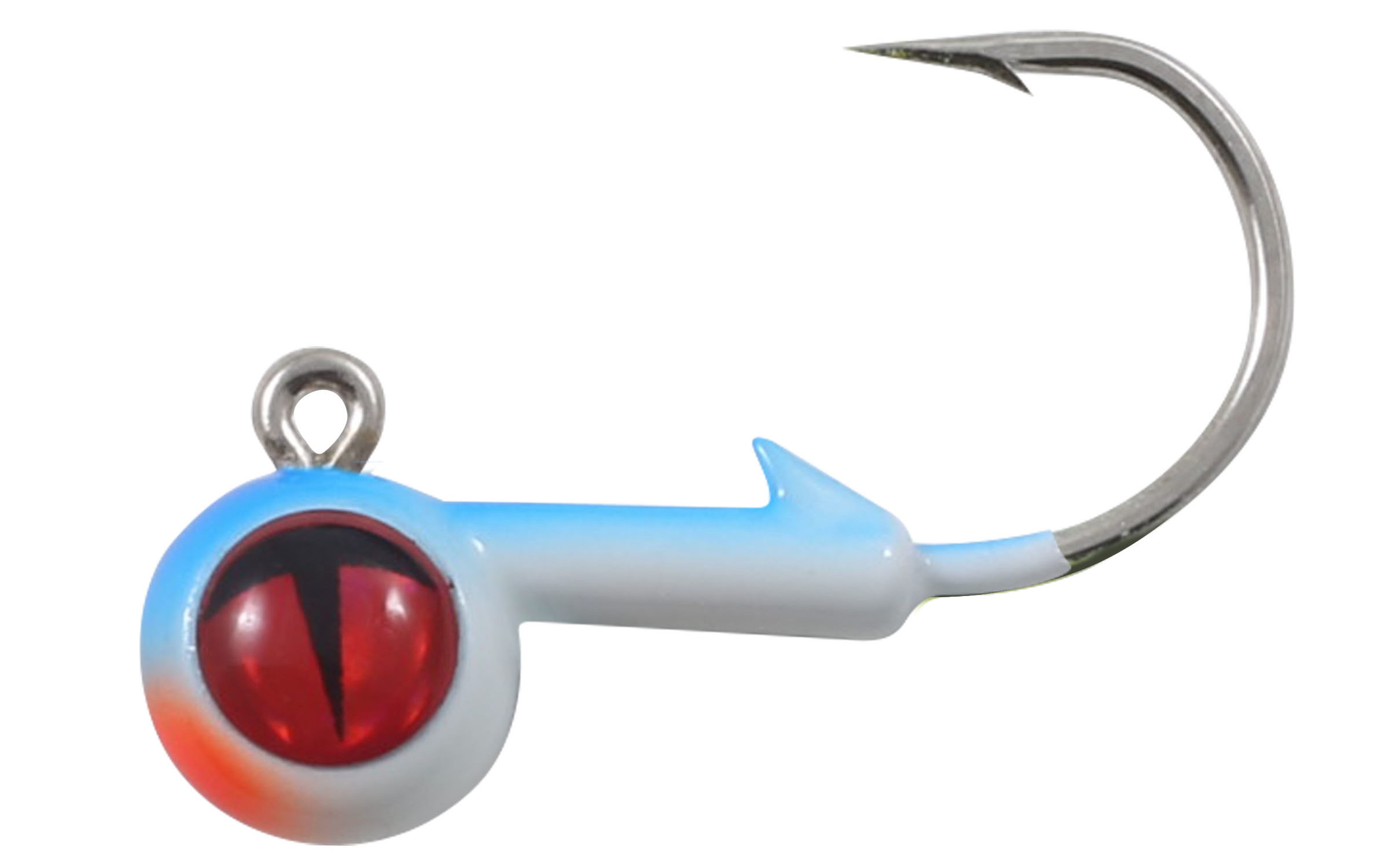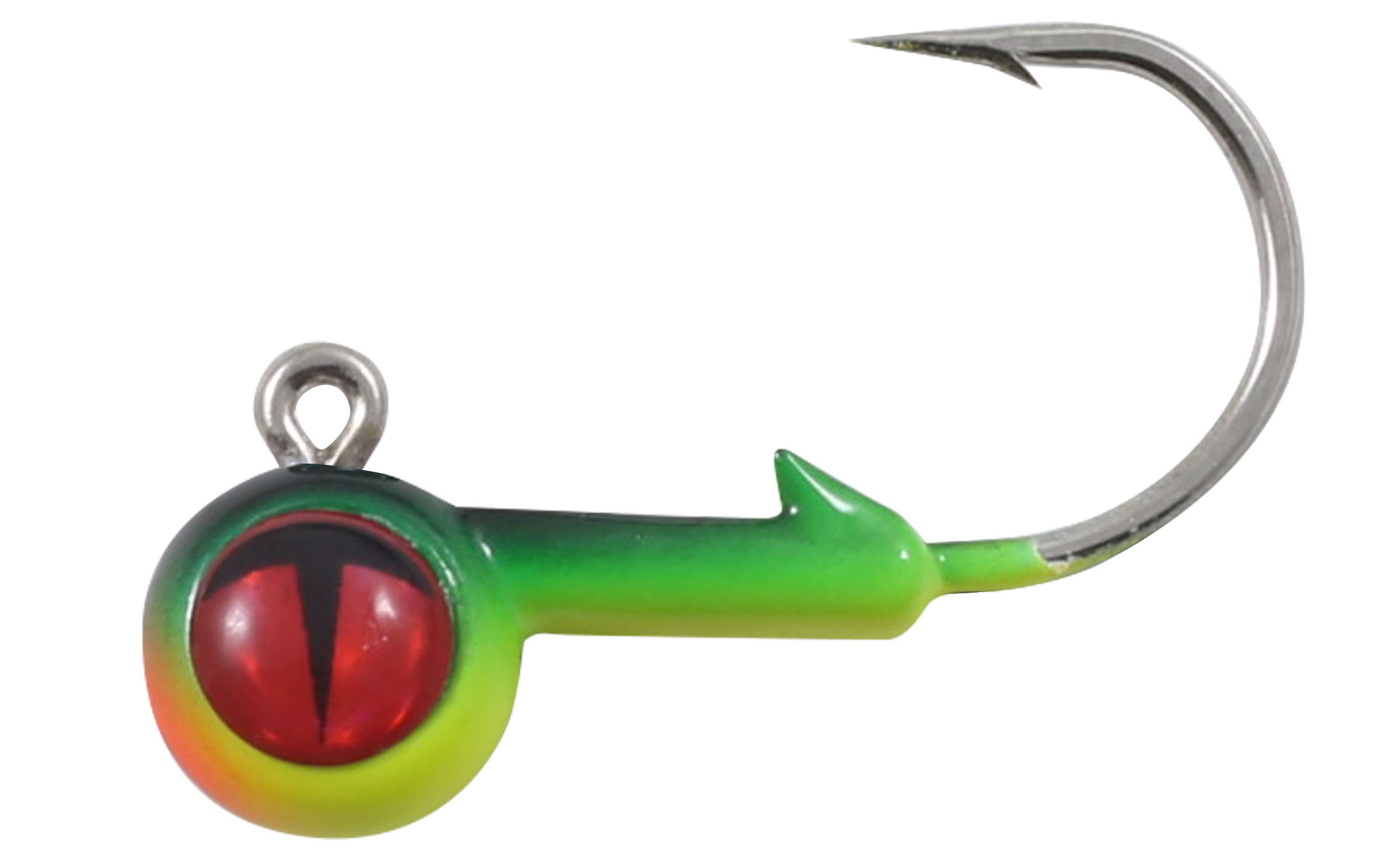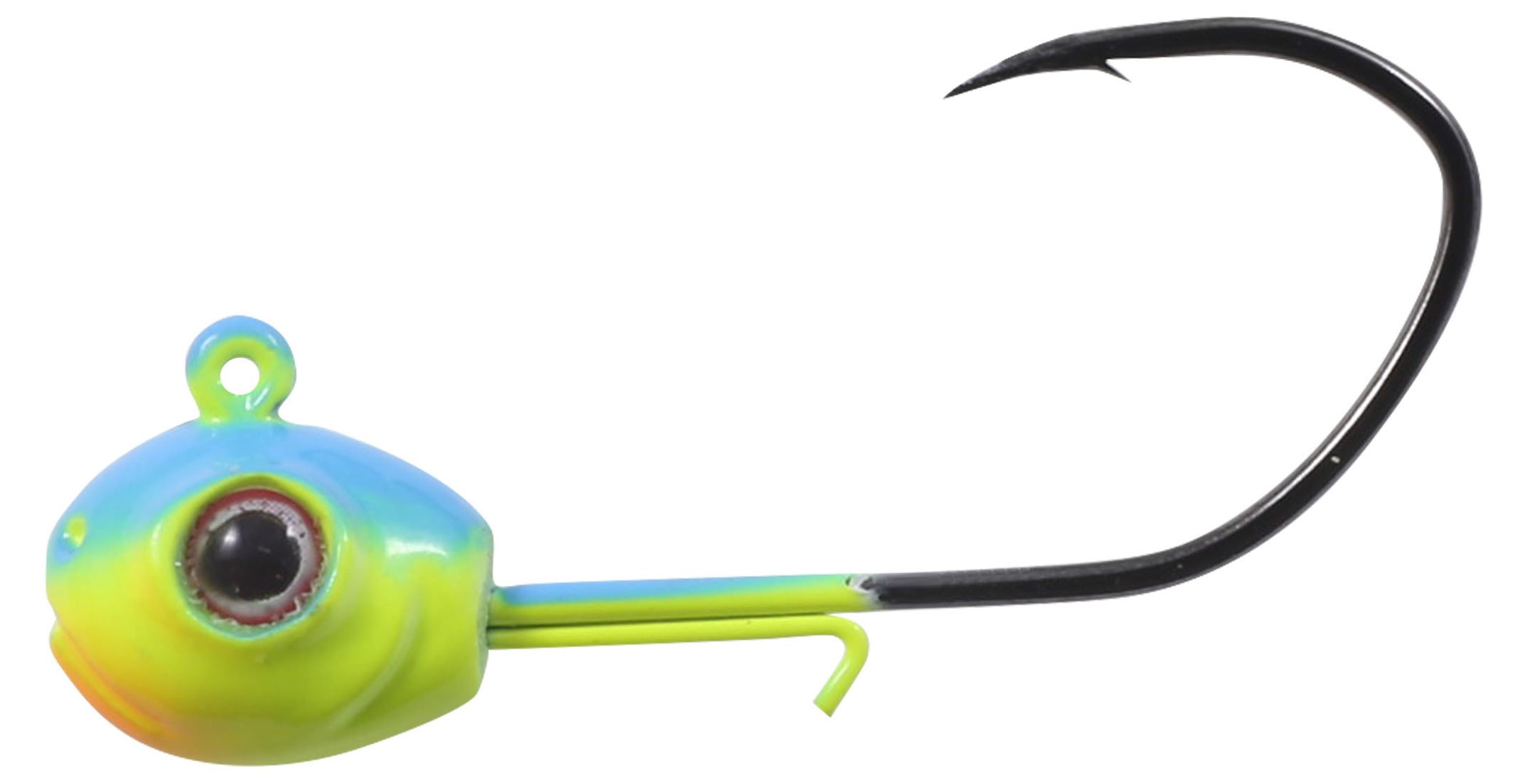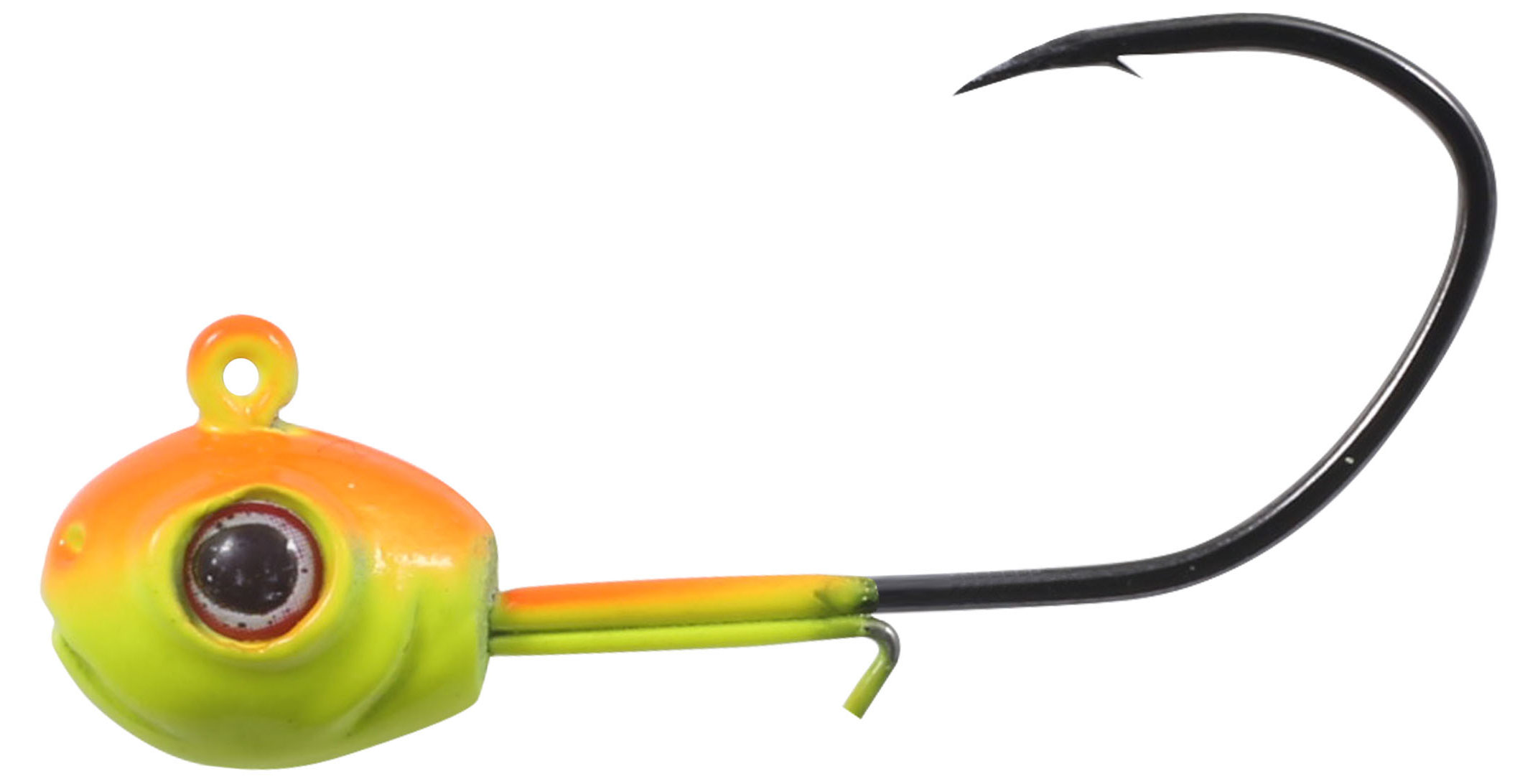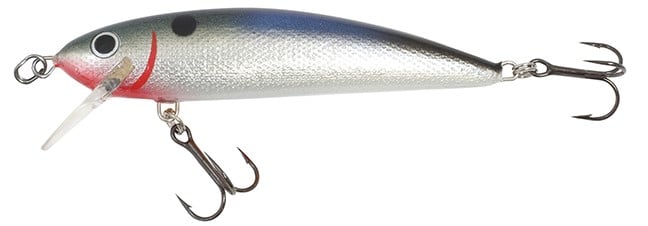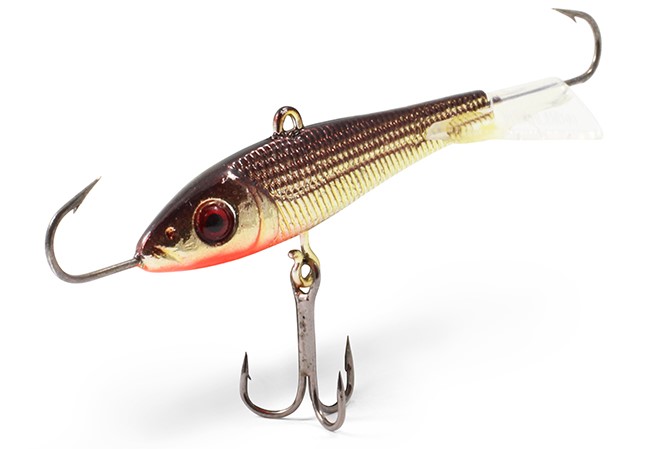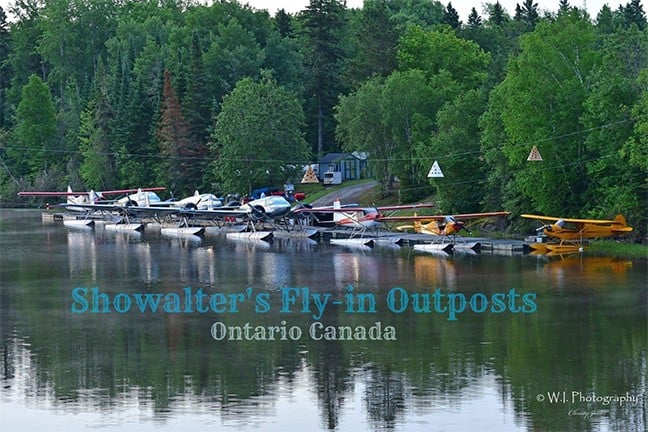Midwinter River Walleye Fishing: Early-Spring
Fishing guide and Northland Fishing Tackle pro, Michael Showalter, talks midwinter thaw into early-spring river tactics for more walleyes now!
BEMIDJI, Minn. (February 6, 2023) – While most anglers are still stomping hardwater in pursuit of walleyes, river rats like big walleye ace Michael Showalter are cutting open icy boat launches with chainsaws and slaying open-water river walleyes. Yes, it’s hardcore.
Still, with warmer temps forecasted, some river launches should be fine without a ‘saw in a matter of days. For example, the Everts Resort ramp near Red Wing on the Mississippi’s Pool 4 is maintained year ‘round.
Fishing at a level that belies his 21 years on the planet, Michael Showalter is well-versed at catching both numbers and trophy-size river walleyes. Having fished St. Croix River home-waters since he was in grade school, Hudson, Wisconsin-based Showalter also spends a good deal of midwinter and early-spring on the upper Mississippi River.
“The upper Mississippi is a top-notch walleye fishery more anglers need to explore,” says Showalter. “And not only during the classic open-water months—there are great open-water walleye opportunities during midwinter thaws, especially below areas of warm-water discharge. Put in the time and you’ll catch numbers with a shot at a 10-pound-plus, prespawn female if you’re willing to buck the ice fishing trend.”
Such was the case during a recent midwinter thaw, which saw Showalter and Northland staff on the river fishing new products.
And that was just one day. Showalter can be found most warmer, winter days on moving water from dusk ‘til dawn—even shallow-trolling Northland Rumble cranks after dark.
Location First: Reading River Walleyes
“River walleyes act completely different from lake fish,” says Showalter.
“On the St. Croix River you don’t have a lot of current, so walleyes are more spread out like on a lake. They’re not super concentrated. On the faster-current upper Mississippi River, the fish are generally concentrated on current seams, and you’ll find larger pods of fish.
Like any river rat worth his salt, Showalter is adept at reading the river with his eyes, the biggest factor in locating river walleyes consistently.
“Keeping a bead on current and water level changes, as well as little changes in shoreline composition with my eyes is super important—the first step to finding fish. Then I use Side Imaging and forward-facing sonar to ensure the fish are where I think they are. Technology can eliminate a lot of unproductive water. The walleyes are always moving and looking for a meal on the river, so combining old-school river smarts with today’s technology is my program,” says Showalter.
During midwinter, traditional river walleye wisdom finds midwinter walleyes in main river holes, along bottom transitions, or scour holes near wing-dams, with nocturnal movements into skinny waters to feed after dark.
Then, as the winter progresses into early spring, walleyes will move up toward their spawning grounds: creek systems, backwaters, near dams, and connected sloughs.
“Learn where the walleyes are going to spawn on the rivers you fish, which is usually shallow cobble or gravel. This bottom substrate allows the eggs to fall into the cracks, grooves, and spaces between the gravel and stay put in current or waves,” advises Showalter.
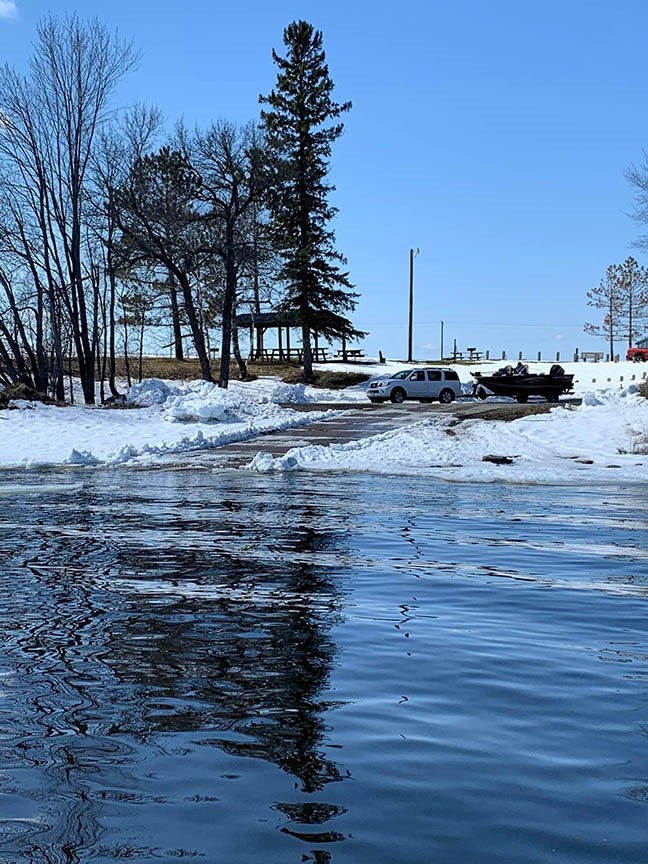
Boat Control
Like a lot of serious river walleye hunters, Showalter is a self-confessed “tiller guy.”
The young Showalter runs a Lund 1875 Pro Guide powered by a 90 HP Merc with Big Tiller Handle, RPM adjuster, and rigged with a networked complement of Humminbird, Minn Kota, and Garmin electronics. Part old-school, part new-school.
“The boat’s on a single-axle roller trailer with a Drotto Boat2Trailer quick-release system for easy load-ins and load-outs. I can go anywhere, whether it’s just me or a group of clients, from small lakes to big waters,” says Showalter.
Along those lines, Showalter says the biggest key to catching more walleyes anywhere is boat control.
“On rivers, If you’re working up-current you obviously want to keep your boat under control at the proper speed. You don’t want the current sweeping the front of your boat from left to right because whatever your boat is doing, your bait is doing,” offers Showalter.
“If you want to drift down-current, match the current speed. If you’re moving faster than the current, deploy your bow-mount trolling motor and notch the speed up a couple clicks. Especially for vertical presentations, keep it at a speed that allows the boat to drift at the same speed as the river current,” advises Showalter.
Showalter also uses Spot-Lock once he finds pods of fish, pitching to them and working the current and seams appropriately.
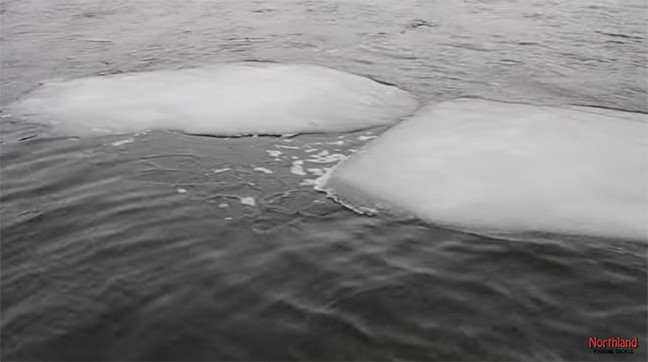
Winning Jigging Methods: Meat or Soft Plastics
If there’s one go-to river walleye presentation that consistently puts fish in the boat, it’s a jig and minnow or soft plastic. Showalter fishes both options, depending on the bite. “The biggest thing when you’re throwing jigs is experimenting with cadence,” advises Showalter.
“Rifle through various cadences until you find what works best. For me, day-in, day-out it’s a slight pop off bottom, a lift of the rod, and then letting the jig glide naturally back to the bottom. It’s not just an up and down motion—you need that glide from the current to present the bait naturally,” adds Showalter.
“Some days you might hold your rod at a 45-degree angle and give the reel a semi-turn. Or the fish might want the bait dragging on the bottom—or a wiggle-wiggle-drag. Experiment until you find out what works.”
For Showalter—fishing via the back of the boat at the tiller position—he’s often Spot-Locked and making 45-degree pitches behind the boat, allowing the jig to sweep along the bottom like natural live or dead-drifting forage—in the case of the Mississippi River, typically shad. That’s his program if the fish aren’t moving much and are held on a specific spot.
“As the jig and meat sweeps down current it’s changing directions just like the river forage,” notes Showalter.
If the fish are moving fast, Showalter trolls upstream with a paddle tail or drifts downstream, controlling his drift with the bow-mount trolling motor to stay completely vertical.
As far as jig choice, Showalter has switched over from the classic lead, round-head Fire-Ball jig to the new Northland Short-Shank Tungsten Jig.
“You can fish the short-shank tungsten in a smaller size because it’s more compact and heavier than lead. It also has a narrow, pill-shaped head for cutting current and getting down to the bottom where the river walleyes live. You don’t get a lot of bites higher up in the water column, so getting down to the bottom and fishing fast is really the key to more river walleye bites. It also has a beefy and sticky-sharp Mustad hook to keep those big girls pinned. These new hooks will not break,” says Showalter.
“The short-shank jig design also has a built-in double-keeper to keep the bait pinned. I can catch two or three walleyes on one minnow rather than having to put on a new minnow every other cast. That means fishing faster for more bites,” adds Showalter.
River Walleye Jig Color & Size Tips
Like a lot of seasoned walleye sticks, Showalter follows the natural/dark colors on cloudy days and bright colors on sunny days routine.
“While jig color can come into play on river ‘eyes, what I think that matters most is the cadence and jig weight. Fish the lightest jig you can—like an 1/8- or ¼-ounce—but if the current is up or you’re moving faster, you’ll need to upsize to a 3/8-ounce,” instructs Showalter.
He adds: “When the water’s clear I will reach for a more natural jig color.”
“I’ve always loved black; that’s one of my go-to jig colors everywhere. It casts a good silhouette and walleyes respond to that. On overcast days and during night-time, it seems like walleyes can see the silhouette of a dark-colored jig better than bright colors.”
For pitching soft plastics, Showalter likes the recently-introduced Northland MVP Jig – a jig built around Gamakatsu’s world-class Big River sickle-style hook to keep metal in maws through quick under-currents, wicked headshakes, and changes in fish direction.
“The MVP is great for alternating between a paddle tail and split-tail fluke-style bait. I typically keep one of each rigged up. I use paddle tails for casting and slow-reeling back to the boat—and sometimes slowly trolling up-current,” says Showalter.
“You can also cast them at 45 degrees from the back of the boat and work them like a live bait and jig combo. It just varies by day. Sometimes the fish really key into the thump of that tail, especially then the water’s dirtier.”
Then, as the water starts to warm, Showalter will start ripping fluke-style split-tail baits on the MVP jig head.
“You get a lot of reaction bites ripping split-tails on the MVP—like a lot of river guys do with hair. It’s also a quick way to work long stretches of wing-dams and find active fish, especially as the season progresses,” notes Showalter.
And when walleyes do push shallower, Showalter is a big fan of Northland’s long-shank Tungsten Jig.
“I’ve been fishing the long-shank tungsten with a paddle tail, split tail, or larger minnows. If the walleyes are hunkered down in a location, I like to Spot-Lock and cast 45-degrees from the tiller position and let it sweep down current. If the fish are moving, I’ll troll the long-shank dressed with a paddle tail upstream or use a controlled drift downstream to present the bait perfectly vertical,” says Showalter.
He continues: “As the spring progresses and the water temps climb to 42- to 46-degrees, don’t be afraid to move shallower and shallower. That’s where an 1/8-ounce long-shank Tungsten Jig dressed with a plastic catches a ton of fish in a foot to five feet of water. Look for slack water areas around cobble and gravel just adjacent to the current. If the fish are closer to the current and that first river break-line, try sizing up to a ¼-ounce.”
Line Choice
99% of the time Showalter is river jigging ‘eyes with straight 8- to 10-pound braid, tying direct, no fluoro leader, no swivel.
“A lot of anglers have it in their mind that river walleyes are going to see the line so they use fluorocarbon leaders like they do on clear lakes. My experience has been that even in clear water situations the visual aspect doesn’t come into play with river walleyes like it does on lakes. I’m presenting jigs fairly quickly. And, obviously, If you’re in dirty water, line visibility has no bearing,” adds Showalter.
However, if the river is running really clear and fish are up in a foot to 5-feet of water, Showalter will keep a jigging stick spooled with mono on the ready.
“If the fish are really finicky, I might fish low-test mono for more bait buoyancy in shallow water but not for the visual aspect,” offers Showalter.
River Jigging Rod & Reel
For fishing meat or soft plastics on a jig, Showalter reaches for a 6’6” medium-power, extra-fast rod matched to a 3000-size reel for its greater line capacity and fast-flowing line off the larger reel arbor.
Another Option: Glide Baits
“But my absolute favorite way to catch big walleyes is sharp-shooting them with minnow-profile glide baits like the Puppet Minnow,” says Showalter.
To that end, Showalter’s experience doesn’t jibe with the gripe many anglers have that walleyes have become over-conditioned to glide baits.
“I’ve found if you consistently change your glide bait cadences, they’ll put tons of fish in the boat,” emphasizes Showalter.
“Never fish the same cadence over and over and call it a day. Experiment and let the fish tell you what they want. Sometimes that will be the hardest rip you can make. Other times it’s subtle pops—just barely moving the rod tip. Or they want it presented vertically—or you have pitch to ‘em. Their moods are always different. Change your cadence until you find what they want. Figuring out those tweaks to jigging cadence will really expand your arsenal and give you the confidence needed to fish glide baits successfully.”
“Typically, when I’m fishing glide baits I’m using a medium-power, extra-fast action 7-foot-plus rod. I fish 10-pound mono for its stretch and the way it absorbs the head shakes of big walleyes and keeps them pinned. I learned that from watching Al Lindner, the Jigging Rap master,” shares Showalter.
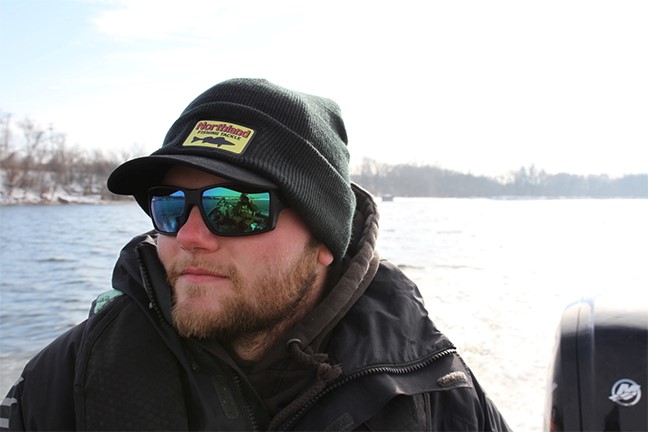
About Michael Showalter
“My family and I grew up running Showalters Fly-In Outposts in northern Ontario. Four years ago—at age 18—I got my Ontario residency and started guiding through our lodge, but I spent a lot of time in boats with a fishing rod my entire childhood,” shares Showalter.
“I’ve guided a lot of people in this short time, which has forced me to mature a lot faster. So, for six months out of the year I’m guiding in Ontario, and then I’m based out of Hudson, Wisconsin winter through spring.”
He continues: “In Ontario, I specialize in giant walleyes, but I can get my clients on trophy smallmouths, lake trout, and pike, too. We fly into 14 different lakes. If a customer wants to come in a day early, I will go out with them and guide them on the fly-in lakes to get them started, otherwise I guide primarily on Pakwash Lake and nearby northern Ontario waters.”
Showalter recalls that he started walleye fishing the St. Croix River with his uncle when he was “just a little grasshopper.”
“Now that I’m taking fishing seriously as a career path, I’ve been fishing the St. Croix and Mississippi every free second I have,” says Showalter.
Although 21-year-old Michael Showalter fishes like a pro more than double his age, he says he never really had many walleye fishing mentors (besides his uncle), given his family was so busy running the Ontario-based business.
“I feel like fishing was just something I was born to do. It’s in my blood. I fished every day until I started getting better at it. Like anything else, you must put in the time.”
“To be honest, I watched a lot of YouTube content posted by respected walleye pros and have learned a lot in a short period of time. Tournament angler Brett King is one of my river walleye idols,” adds Showalter.
Although he’s a multi-species angler who specializes in everything from trophy pike, lake trout, smallmouths, and walleyes in Ontario, Showalter says his obsession both north and south of the border is chasing big walleyes.
“Trophy-size fish have different behaviors. Often loners, every very single day they’re doing something that’s hard to predict. I like having to follow their migration patterns and stay on them throughout the year—and trying to spot and stalk the little changes they make throughout the day, week, month, and year. It’s never the same, that’s why I love it – having to figure out what they’re doing on any given day. It’s like chasing Boone & Crockett bucks in the woods.”
With regards to guiding in Wisconsin and Minnesota, Showalter says he’s currently going through the steps to get set up for a U.S. guide business—and will be ready to book trips soon.
“Whether in Ontario or Wisconsin/Minnesota, I’ve spent a lot of time on the bodies of water I fish to ensure my clients have a good and memorable experience with big fish. I strive at creating a safe and educational experience for my clients. My goal is for each client to go home to their local bodies of water and catch more fish with what they learned fishing with me,” concludes Showalter.
About Showalters Fly-In Outposts
Showalter's Fly-In Outposts has been offering bucket-list fly-in fishing and moose hunting trips for nearly 60 years. The oldest fly-in outfit in Ontario, the business was started by Nestor Falls, Ontario-based, Edwin Showalter, Michael’s grandfather, a legendary and well-respected sportsman in his own right. Michael is now carrying on that tradition.
To book one of Michael Showalter’s big fish Ontario guide trips—and learn more about Showalter’s Fly-In Outposts—follow him on Instagram at michaelshowalterfishing or reach him by phone at (651) 278-3054 and via e-mail at [email protected].
Find more articles like "Midwinter River Walleye Fishing" here for more fishing tips.


